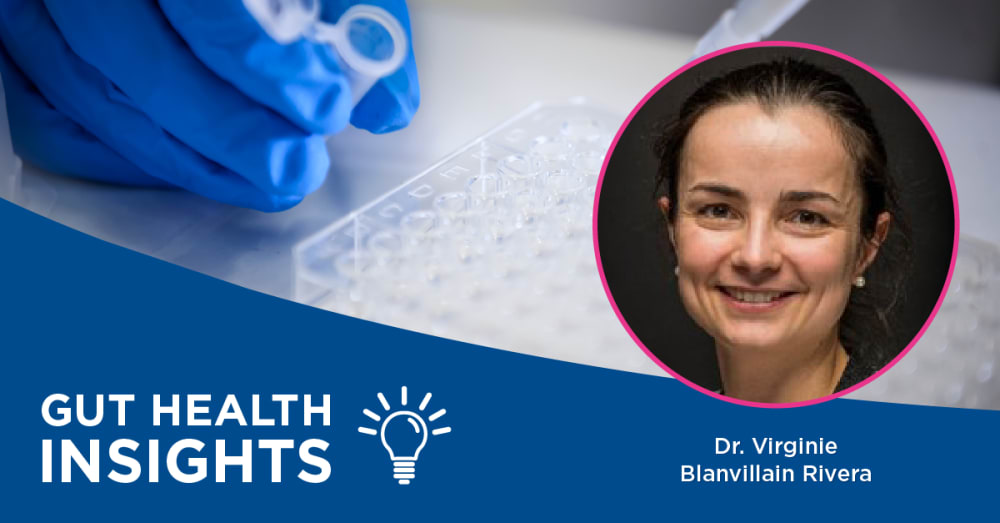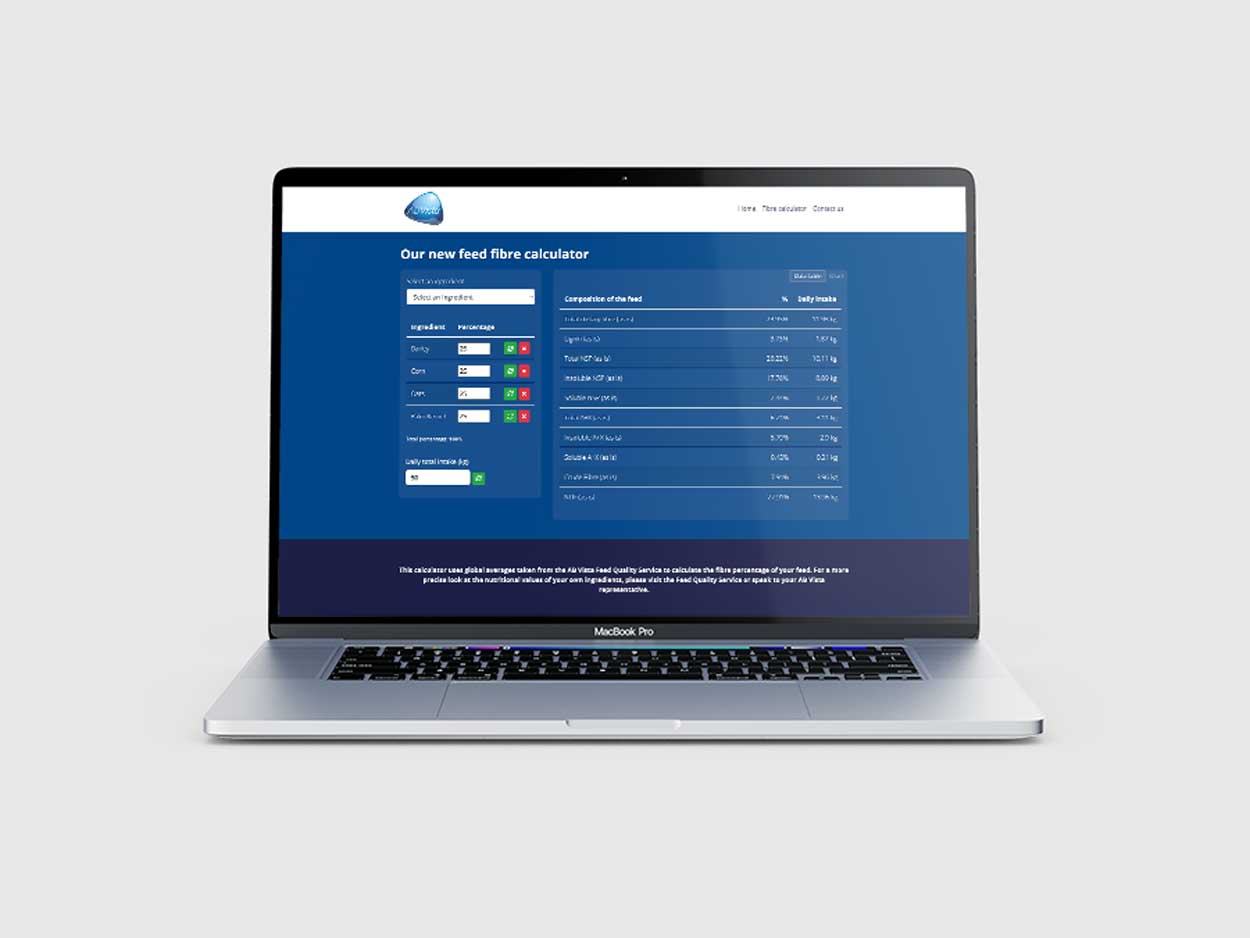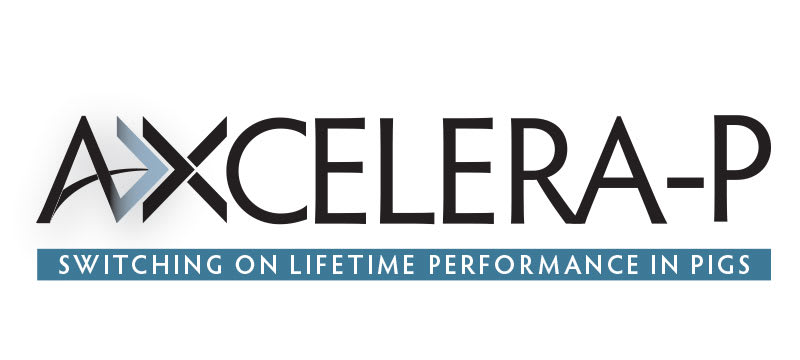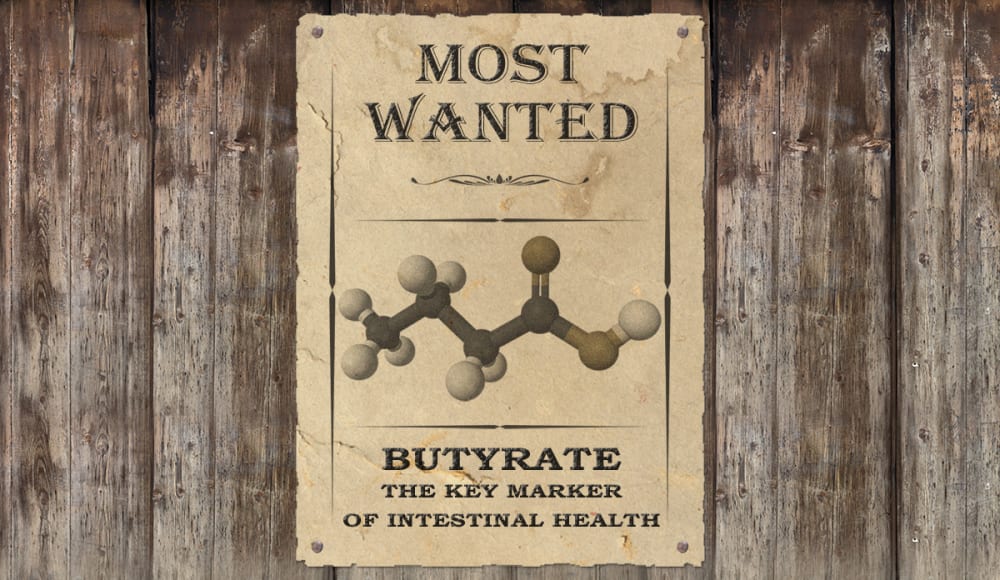Gut Health Insights: A Series with Dr Virginie Blanvillain Rivera
Published Friday, 15th December 2023
We’ve been researching and testing biotechnologies and assay methods which can be transposed in commercial settings. From sample collection to results analysis and interpretation, we’ve developed practical solutions that can provide valuable information for in-field decision making.
In our Gut Health Insights series, first launched on LinkedIn, we asked AB Vista expert and Global Service Manager Virginie Blanvillain Rivera PhD, for her comments on these topics – gathered for your ease in one place, right here.
During the All About Feed webinar on antibiotic reduction, you presented on a hot topic in the industry with an interesting twist, "Making sense of gut health markers in monogastrics". Based on our experience, which gut health markers actually make sense?
Virginie Blanvillain Rivera, PhD: Before asking WHAT we should measure, it's crucial to understand WHY we are evaluating gut health. As scientists, we often seek a benchmark, for example when we are defining an ideal dietary amino acid profile in complete feed or comparing performance against genetic potential.
Producers typically gather data on feed consumption, the number of animals, and the total outputs on the farm. This data is used to provide insights into the average feed intake and weight gain per animal. These parameters are relatively easy to analyse because we can compare performance against the genetic potential defined by breeding companies.
Similarly, when assessing gut health, we often map a microbiome profile at a specific moment, and I think the main challenge lies in understanding what the reference should be. Hence the question "So, what does that mean?" is still being explored and challenged so we can give meaningful insights to producers.
To make sense of gut health markers, we need to set aside for a moment our focus on target values – the focus we've become accustomed to as nutritionists. Gut health markers can only provide an indication of what's happening in a selected number of animals, within a population that could range from hundreds to several thousands. There is no golden standard of gut health every farm should strive after; what we should focus on is understanding how the animals are coping with the environmental and nutritional challenges in a commercial setting, here and now.
At AB Vista, we've been selecting gut health markers that reflect the functionality of the microbiome. This approach allows us to better evaluate how animals respond to their environment and the diet they receive. For example, during the webinar, I discussed our results with short-chain fatty acids (SCFA) such as butyrate and branched-chain fatty acids.
We keep searching for suitable markers because this is a continuous learning process. Our role is to translate research discoveries into practical, on-farm solutions. We aim to support our customers with a new way to approach gut health and nutrition by farming the biome.
In your webinar presentation you referred to butyrate as an important gut health marker. Can you explain further?
Virginie Blanvillain Rivera, PhD: First we chose to look at the functionality of the microbiome rather than conducting 16S rRNA gene sequencing of the microbiota. That’s why we decided to focus on SCFA production in the lower gut, as biomarkers of bacterial fermentation of undigested carbohydrates and protein.
While we try to avoid protein fermentation which results in the production of branched-chain fatty acids, ammonia, indole, etc., the presence of acetate, propionate and butyrate is an indication of good gut health. These 3 SCFA are the result of fibre fermentation, and they constitute more than 90% of the total SCFA measured in the cecal content of broilers and fresh faeces of pigs.
Butyrate has been extensively researched in both humans and animals. It is known to promote intestinal homeostasis in different ways. I like to quote Ducatelle et al. (2023), who describe butyrate as the "interkingdom signalling molecule", due to its numerous functions in the host. Besides serving as a direct energy source for the epithelial cells of the animal, butyrate also supports gut barrier function and modulates the immune response.
Ruminococcaceae and Lachnospiraceae are the main butyrate producers, and our research has shown that the concentration of butyrate in broiler ceca correlates with the presence of these two bacterial families.
The sampling protocol we have developed has demonstrated in commercial settings our ability to detect shifts in butyrate content and concentration in broiler cecal content when dietary fibre profiles were altered.
We believe that characterising butyrate production in the hindgut of poultry and swine can provide a valuable indication of fibre fermentation activity.
Speaking about gut health markers, are there any special requirements for sampling?
Virginie Blanvillain Rivera, PhD: To be a practical tool in the field, the sampling protocol should be standardised. Sample freshness and purity are very important as sample contamination or delays in sample collection can significantly affect the data we obtain. From collection to logistics, we have developed simple and repeatable sampling protocols to ensure that we can provide producers with reliable data.
We have chosen the BioFreeze™ solution by Alimetrics as a convenient and reliable method. This technology has the advantage of stopping any further reactions once the sample is placed in the BioFreeze solution. Additionally, the ability to store the BioFreeze solution at room temperature is very convenient, especially in commercial settings. This enables cost-efficient sample storage and shipment at ambient temperature without compromising the sample's integrity.
The collection of fresh faeces is relatively simple in pig facilities, and we have developed a standardised protocol for swine production systems.
In the poultry sector, although cecal content collection is very common, collecting cecal droppings and faeces still may be preferred when non-invasive methods are desired. This sampling protocol has been developed to avoid sacrificing animals only for the purpose of collecting samples.
What factors should we consider to ensure the representativeness of the samples?
Virginie Blanvillain Rivera, PhD: The definition of representativeness depends on the customer's objectives and what parameters they are looking at. While the sampling protocol remains consistent, decisions about timepoints, animal selection, the number of samples, sampling types, locations etc. must consider both the practical constraints in the field and the other data being collected.
As a general guideline, we typically recommend sampling a minimum of eight samples per group, and we usually prefer collecting individual samples rather than pooled ones. Our preference is to select samples from healthy animals that best represent the herd. However, this approach may not be applicable every time – this depends on the specific objectives of the customer.
Regarding the age of the animals, we’ve observed that broiler samples can be collected after three weeks of age as, by this point, the microbiome is well-established and the sample size is sufficient for analysis.
In piglets, we've noticed a significant shift in the microbiome and SCFA profile during the first three weeks post-weaning. For that reason, and because post-weaning transition is such an important period in the life of the pig, we commonly collect fresh faeces from piglets during the first- or second-week post-weaning, and then again after three weeks post-weaning. By performing these repeated measurements, we track the dynamic response of piglets to the post-weaning transition.
Enjoyed this content? Learn more by watching Virginie’s presentation during the All About Feed webinar on antibiotic reduction, and keep an eye out for her upcoming Feedinfo interview in January 2024.
Latest news
Stay ahead with the latest news, ideas and events.

Online Feed Fibre Calculator
Calculate the percentage of dietary fibre in your feed
Our calculator is designed for nutritionists and uses averages of global raw materials to calculate the dietary fibre content (plus other more in-depth fibre parameters) of finished animal feed. These parameters are available within AB Vista’s Dietary Fibre analysis service (part of our NIR service).
Sign up for AB Vista news
A regular summary of our key stories sent straight to your inbox.
SUBSCRIBE© AB Vista. All rights reserved 2025
Website T&Cs Privacy & Cookie Policy Terms & Conditions of Sale University IDC policy Speak Up Policy

























